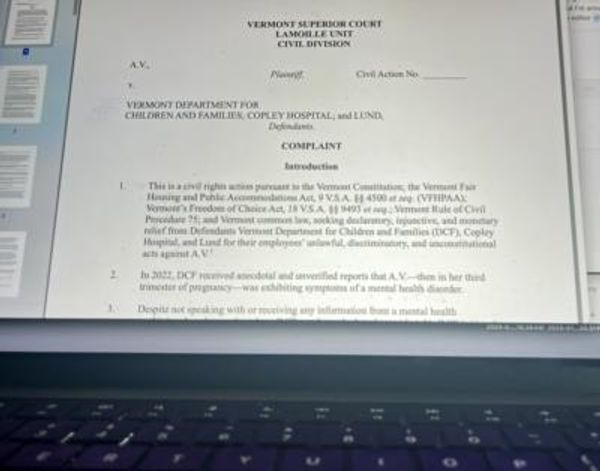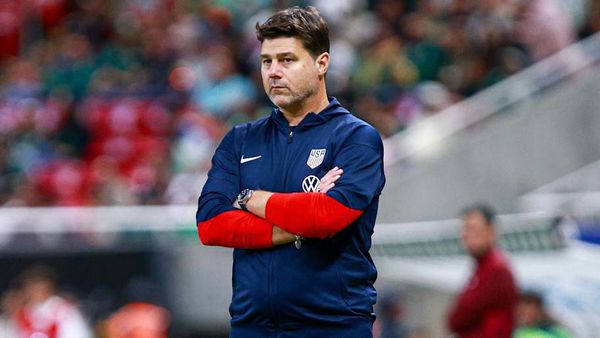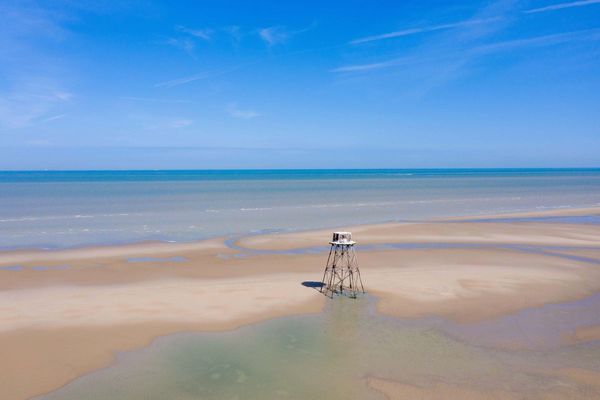
As the late cardinal George Pell is moved to his final resting place in the crypt of Sydney’s St Mary’s Cathedral tomorrow, his supporters will mourn the passing of a saint gone too soon. It is perhaps trite to observe that there are many who say his departure couldn’t have come soon enough — but that would hardly be in the spirit of the occasion.
Pell’s opponents — some, anyway — will be outside, perhaps cordoned off and held at bay by the force of NSW Police, as they rally to give voice to the anguish of those abused by the clergy. The reckoning will show, however, that for all his adherence to black-letter scripture, Australia’s most prominent Catholic has left the church in terrible shape.
Church attendances have plummeted from historic highs. And never has the church’s influence on public policy been so weak. Proof of its diminished role in the spiritual and earthly life of Australia comes via a study conducted by the church itself.
The National Centre for Pastoral Research is part of the Australian Catholic Bishops Conference, a national secretariat for the most senior clergy. Its data is drawn from churches across the country and married with national census data. The most recent analysis was published at the end of 2020 and reflects the numbers as they were in 2016. The study provides a 20-year comparison, stretching back to 1996 — a helpful time span because it neatly coincides with the period of the church’s almighty fall from its peak of power.
The study found that in 2016, the number of people attending Mass on a typical weekend was about 623,400, or 11.8% of the general Catholic population. In 1996 it was 864,000, about 18% of the Catholic population.
The most dramatic fall came in the number of Australian-born attendees and those born in English-speaking countries; numbers almost halved in the 20 years. At the same time the percentage of attendees born in non-English-speaking countries had risen from about 18% to almost 37% in 2016, an increase of about 72,600.
Those attending Mass were much older than the general Catholic population — a third were aged between 60 and 74, and the trend shows attendees are only getting older.
There was another striking contrast between the Catholic population overall and the Mass-attending population. Just over three in every five attendees were women, a ratio which had been constant for decades. The study reported “a lack of youth and young adults of both sexes”.
The study concluded that the impact of the findings from the Royal Commission into Institutional Reponses to Child Sexual Abuse had been “particularly significant”. A secondary finding was that young adult attendees were not being replaced by younger people as they age. This showed “how much the church in Australia owed to our immigrants, particularly those from non-English-speaking countries”.
Rise and fall as a political influence
In 1996, Pell’s influence was decidedly on the rise. He was appointed archbishop of Melbourne, having served as a parish priest and bishop for the southern region of Melbourne. His elevation to genuine church power coincided with the election of the Howard government.
He was invited as a delegate to the Australian Constitutional Convention in 1998 to consider the issue of the republic. In 2003 he received the Centenary Medal from the Australian government. Two years later he was made a Companion of the Order of Australia (AC), the highest of Australia’s honours. In the meantime, the Victorian-born Pell had been appointed archbishop of Sydney.
From his mighty heights Pell engineered the succession of like-minded conservative Catholics, fashioning the church in his own image. In Canberra his chief backer, Tony Abbott, was elected prime minister in 2013. If this was the high watermark of Pell’s influence it was set to change.
The royal commission was by now an unstoppable force, adding to the steady stream of revelations of church sex abuse which had emerged in prior years. The church’s moral authority was shot and with it its ability to halt political reform in the areas of life, death and marriage which the church had always claimed as its own.
If any period captured the church’s fall it was 2017. The losses were many. It was the year that Pell was charged by Victoria Police with historic child sex offences (ultimately dismissed by the High Court). It was the year same-sex marriage legislation was passed in the federal Parliament. To cap it off, in November of that year, Victoria became the first state to pass voluntary assisted dying (VAD) legislation, in the face of the church’s intense public opposition. The Andrews’ government legislation opened the way for state parliaments to pass similar laws. Even NSW, the home of the powerful Sydney archdiocese, surrendered to the public will.
Last year federal Parliament passed laws to return the power to territories to enact VAD laws. Symbolically it was a full turning of the wheel. In 1997 senior Catholic figures in and around the federal Parliament (including then lobbyist and now Albanese minister Tony Burke) had worked to pass the laws which removed those rights from the territories.
By 2022 the church’s ability to stop change by threatening political reprisals was no more. It had become a paper tiger.
Raging against the dying of the might
Yet the fall is not universally recognised. There are corners of Pell’s once mighty empire where the world appears to have stopped 20 years ago, when the church held sway in the public square and where there was still a respectable attendance at Sunday Mass.
One of those holdouts is, naturally, the Sydney archdiocese, under Pell acolyte Archbishop Anthony “Boy George” Fisher. The archdiocese has become increasingly strident about Catholic politicians who don’t do their religious duty in the Parliament. The Catholic Weekly said NSW Premier Dominic Perrottet’s decision to allow a conscience vote on VAD was “one of the most humiliating examples of meek acceptance of evil ever seen”.
Andrews, Victoria’s Catholic premier, is regularly lambasted by the Murdoch media for failing to behave as a Catholic should. His sins are many but top of the list must be that he allowed VAD legislation to proceed and he consistently showed Pell approximately zero respect.
The trouble for the church is that outside of a very small bubble no one else is listening.
Tomorrow, by coincidence, a coalition of 20 Catholic groups under the banner of the Australasian Catholic Coalition for Church Reform will gather to press for a different and more inclusive church.
The symbolism couldn’t be sharper.







